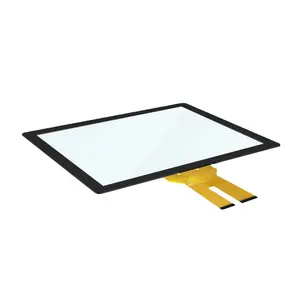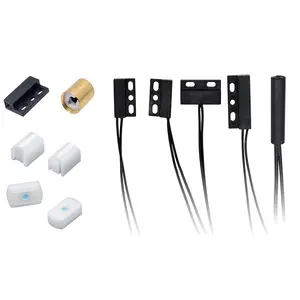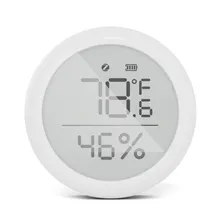Exploring Capacitive Touch Sensors
Capacitive touch sensors are at the forefront of touch-sensitive technology, offering a non-mechanical interface that detects the presence or absence of a conductive object, such as a human finger. These sensors are widely used in various applications, from consumer electronics to industrial machines, due to their responsiveness and durability.
Understanding Capacitive Sensing
At the core of capacitive sensing technology is the ability to measure changes in capacitance. When a conductive object, such as a finger, comes close to the sensor area, it alters the electric field and changes the capacitance. This change is detected and translated into a command, making capacitive touch an integral part of user interfaces.
Types of Capacitive Touch Sensors
There are various types of capacitive touch sensors catering to different applications. The ttp223 touch sensor is a popular choice for its compact size and ease of integration into projects, including DIY electronics. For those incorporating touch capabilities into Arduino projects, the arduino touch sensor and arduino capacitive touch solutions offer versatility and user-friendly operation. The touch sensor ttp223b variant provides enhanced stability for more demanding environments.
Applications and Uses
Capacitive touch sensors are versatile in application, ranging from simple touch switch sensor devices to complex arrays used in touchscreens. The mpr121, for example, is a capacitive touch sensor controller designed for creating capacitive buttons or sliders. These sensors are not limited to flat surfaces; they can be shaped and formed to fit a variety of products, making them ideal for innovative design solutions.
Integration with Arduino
For hobbyists and engineers alike, integrating capacitive touch into projects is made accessible with the arduino touch switch and touch arduino sensor modules. These components are compatible with the Arduino platform, allowing for the creation of interactive projects with capacitive sensing capabilities. The arduino capsense library provides additional support for capacitive sensor development, simplifying the process of adding touch functionality to Arduino-based devices.
Choosing the Right Sensor
Selecting the appropriate capacitive touch sensor requires consideration of the application's requirements, such as size, sensitivity, and environmental conditions. Whether it's for a personal project or a commercial product, a variety of capacitive touch sensors are available to meet the specific needs of any design. While exploring options, it's crucial to consider the technical specifications and compatibility with existing systems to ensure seamless integration and optimal performance.









































 浙公网安备 33010002000092号
浙公网安备 33010002000092号 浙B2-20120091-4
浙B2-20120091-4